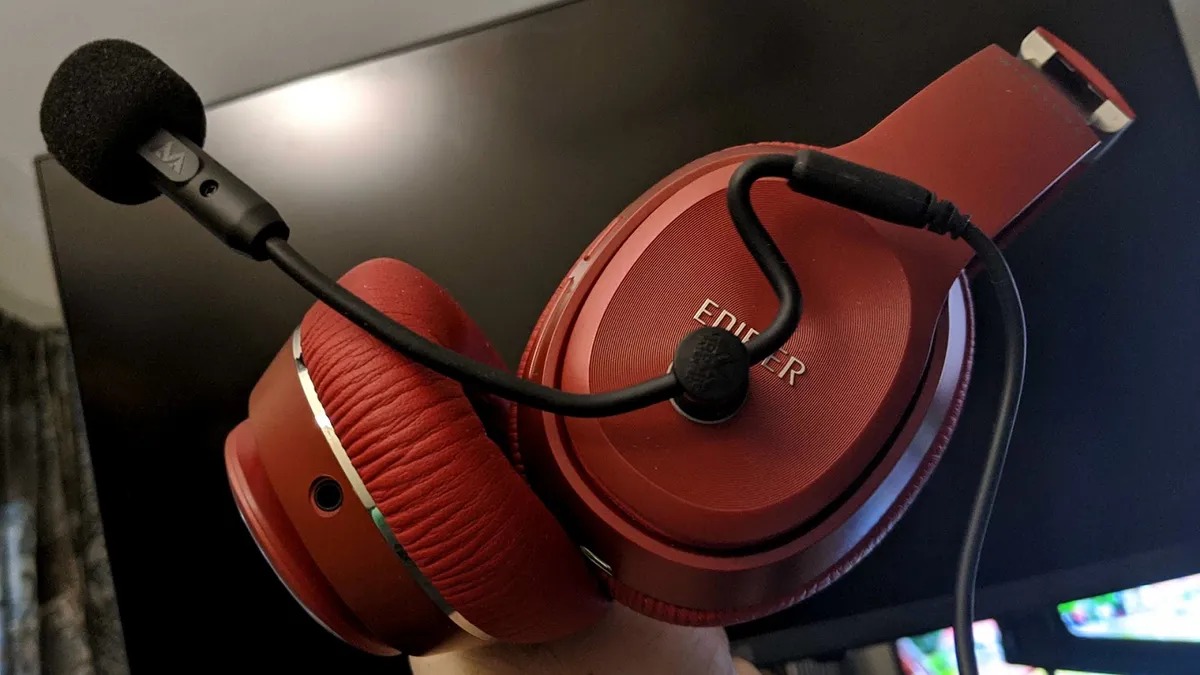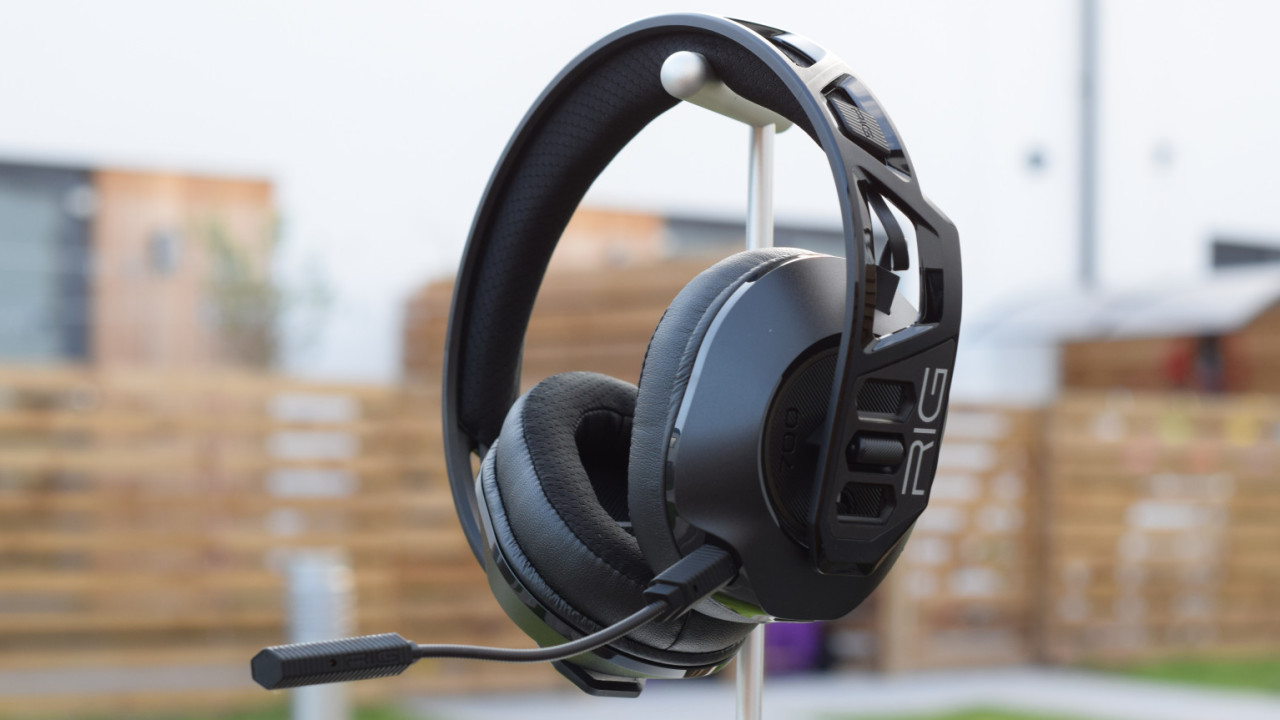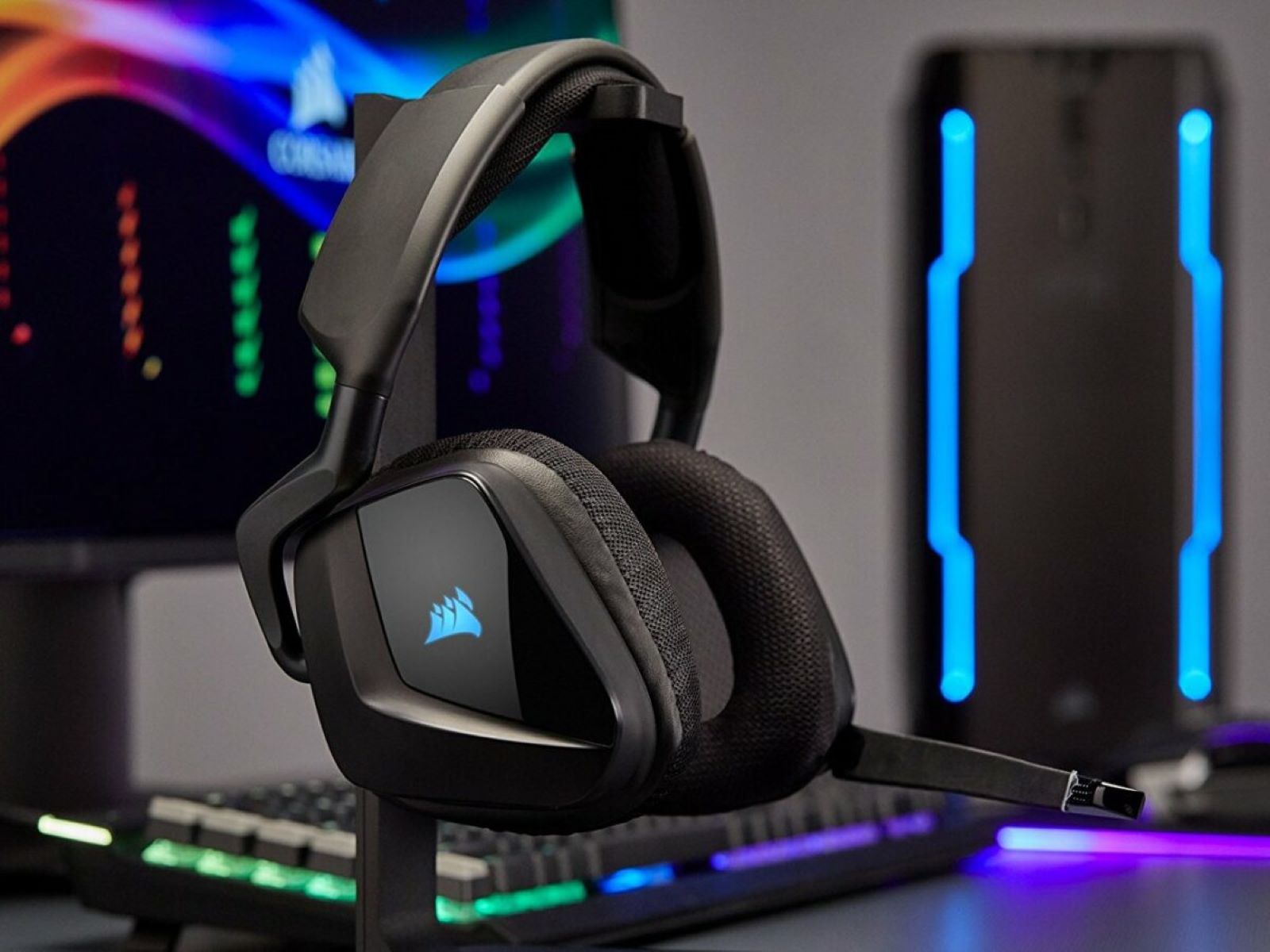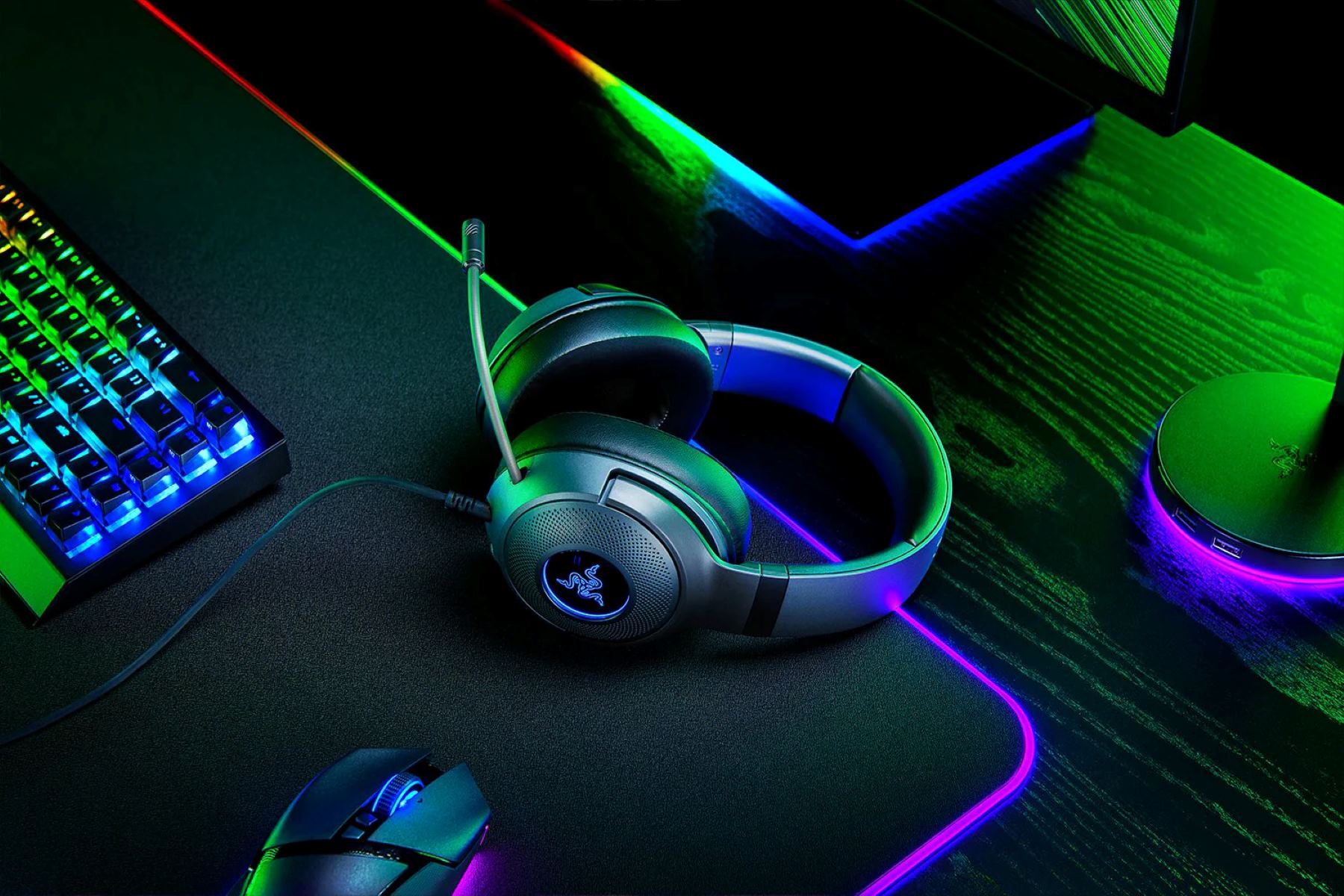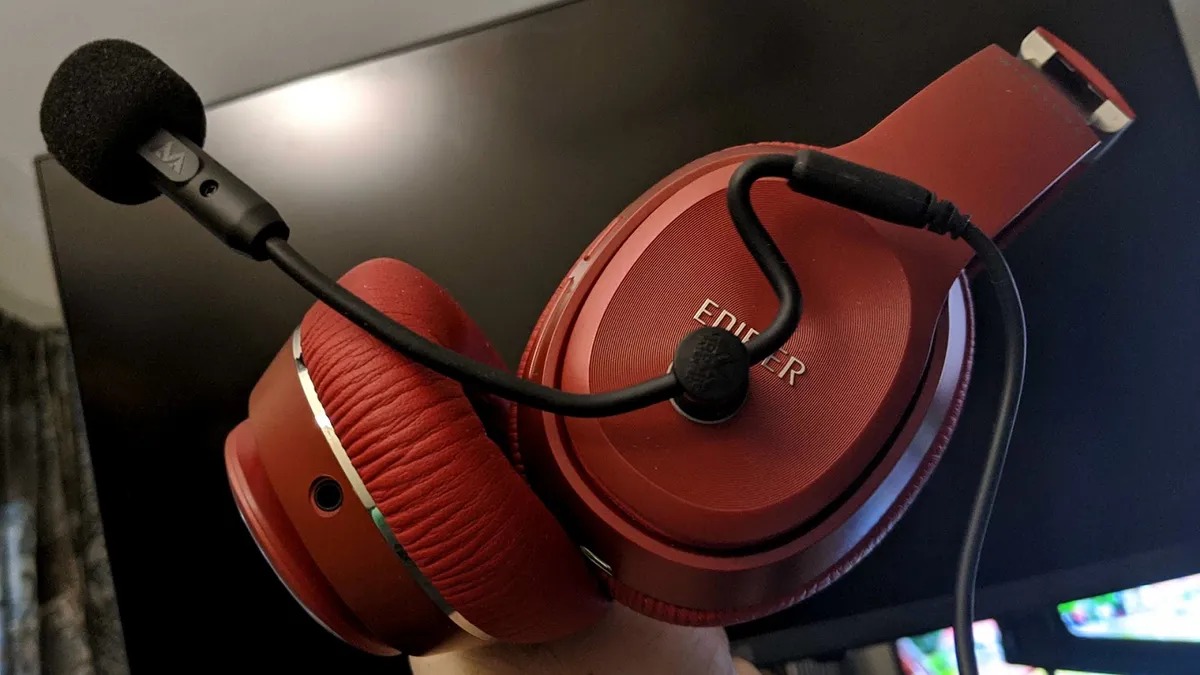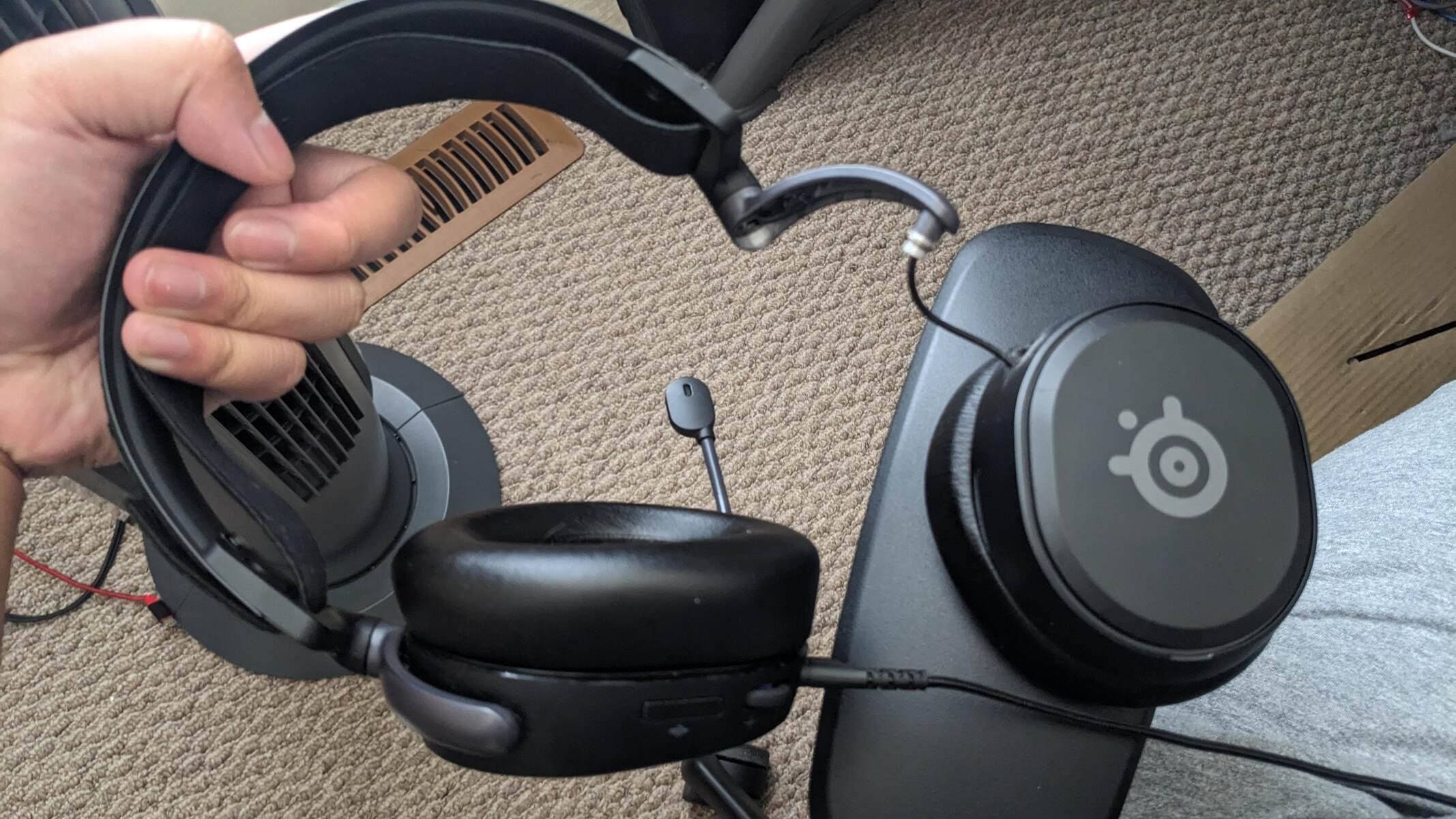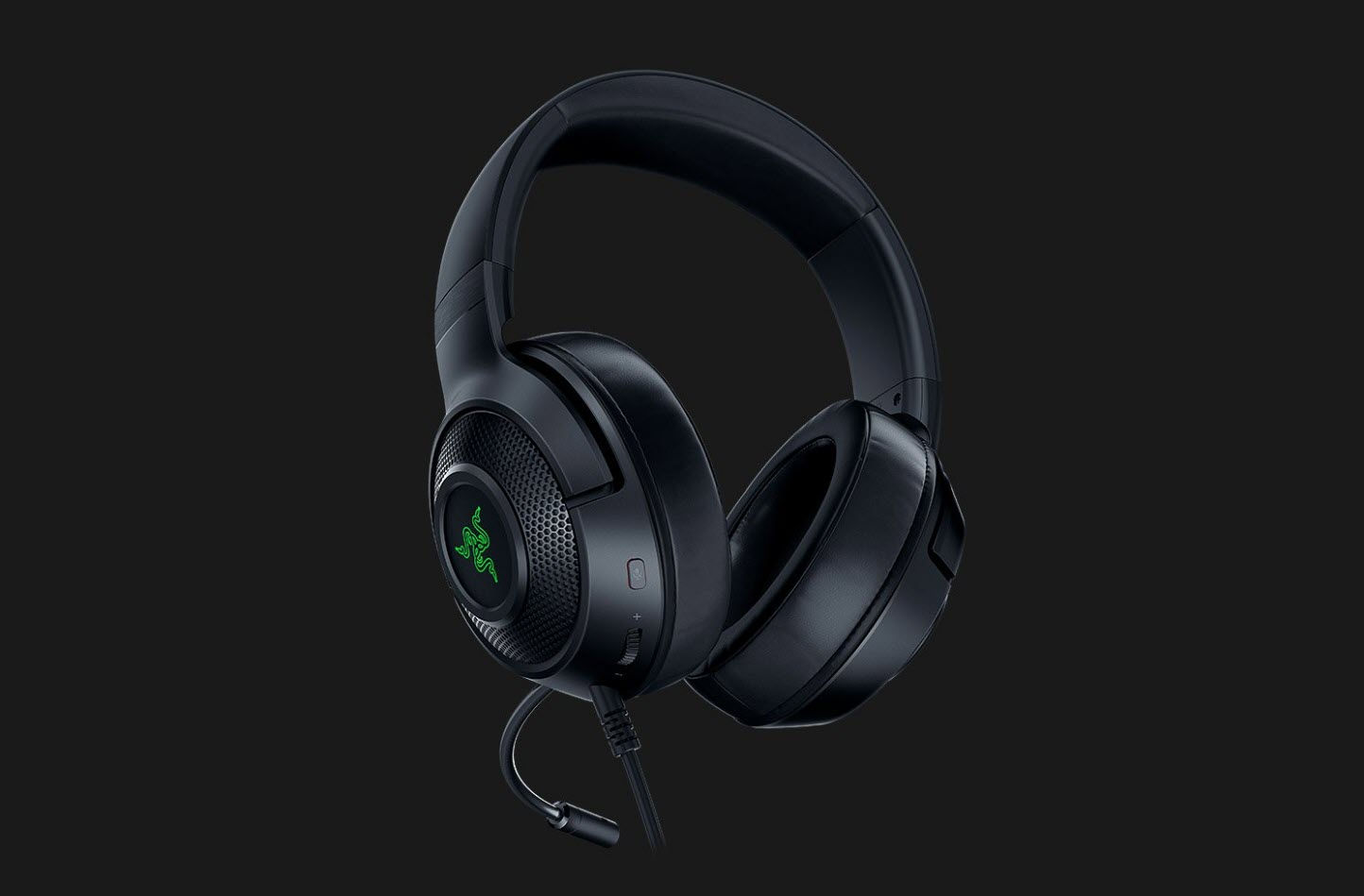Introduction
Headset microphones have become indispensable tools in various fields, including live performances, public speaking, telecommunication, and content creation. These compact yet powerful devices offer unparalleled convenience and mobility, allowing users to communicate and perform with freedom and flexibility. However, despite their many advantages, headset microphones present a unique set of challenges that can affect their performance and reliability.
Understanding the complexities of headset microphones is crucial for anyone who relies on them for professional or personal use. From the different types of headset microphones available to the environmental factors that can impact their functionality, there are numerous aspects to consider when utilizing these innovative devices.
In this comprehensive guide, we will delve into the world of headset microphones, exploring the various types available, the common challenges they pose, and the environmental factors that can influence their performance. Moreover, we will discuss effective solutions and best practices for overcoming these challenges, empowering users to maximize the potential of their headset microphones while minimizing potential issues.
Whether you are a seasoned performer, a public speaker, a content creator, or simply someone interested in gaining a deeper understanding of headset microphones, this guide aims to equip you with the knowledge and insights needed to navigate the intricacies of these remarkable devices. By unraveling the complexities and demystifying the challenges associated with headset microphones, we can empower users to harness their full potential and achieve seamless, high-quality audio experiences.
Join us on this enlightening journey as we unravel the mysteries of headset microphones, providing valuable insights and practical solutions that will enhance your understanding and mastery of these essential audio tools. Let's embark on this exploration together, delving into the nuances of headset microphones and discovering the keys to unlocking their full potential.
Types of Headset Microphones
When it comes to headset microphones, there is a diverse array of options available, each designed to cater to specific needs and preferences. Understanding the different types of headset microphones is essential for selecting the most suitable option for a particular application. Here are some of the most common types of headset microphones:
1. Boom Microphones
Boom microphones feature a flexible arm, or "boom," that extends from the earpiece to position the microphone element close to the user's mouth. This design offers excellent vocal clarity and minimizes ambient noise, making it ideal for live performances, public speaking engagements, and broadcast applications. The adjustable nature of the boom allows for precise positioning, ensuring optimal audio capture while maintaining comfort for the user.
2. Wireless Headset Microphones
Wireless headset microphones provide the freedom of movement without being tethered to audio equipment. They utilize wireless technology to transmit audio signals to a receiver, offering unparalleled mobility for performers, presenters, and speakers. This type of headset microphone is widely favored in live performances, fitness instruction, and corporate presentations, where unrestricted movement is essential.
3. Headworn Microphones
Headworn microphones, also known as headband microphones, feature a secure headband or frame that positions the microphone element near the user's mouth. This design ensures stability during movement, making it a popular choice for active performers, fitness instructors, and theatrical productions. Headworn microphones are available in various styles, including single-ear and dual-ear configurations, catering to different preferences and performance requirements.
4. Earset Microphones
Earset microphones are discreet and lightweight, designed to be worn around the ear for a secure and inconspicuous fit. They offer exceptional vocal clarity while remaining inconspicuous, making them suitable for broadcast, theatrical performances, and public speaking. Earset microphones are favored for their unobtrusive design, allowing the user to maintain a natural appearance while delivering high-quality audio.
5. Noise-Canceling Headset Microphones
Noise-canceling headset microphones are equipped with advanced technology to suppress ambient noise and focus on capturing the user's voice. These microphones are ideal for environments with high levels of background noise, such as call centers, aviation communication, and gaming applications. By minimizing external distractions, noise-canceling headset microphones ensure clear and intelligible communication in challenging acoustic environments.
Understanding the unique characteristics and applications of each type of headset microphone empowers users to make informed decisions when selecting the most suitable option for their specific needs. Whether prioritizing vocal clarity, mobility, stability, discretion, or noise suppression, there is a headset microphone type tailored to meet diverse audio capture requirements.
Common Challenges of Headset Microphones
Navigating the realm of headset microphones entails confronting a range of challenges that can impact their performance and user experience. Understanding these common hurdles is essential for effectively addressing and mitigating potential issues. Here are some prevalent challenges associated with headset microphones:
-
Feedback and Signal Interference: Headset microphones, particularly in live performance settings, are susceptible to feedback and signal interference. This occurs when the microphone picks up the sound from the speakers, resulting in a disruptive loop of amplified noise. Addressing this challenge requires strategic positioning of speakers and microphones, as well as the use of feedback suppression technology to minimize unwanted audio artifacts.
-
Comfort and Fit: Achieving a comfortable and secure fit is crucial for headset microphones, especially during extended use. Ill-fitting or poorly adjusted headsets can lead to discomfort, distraction, and compromised audio quality. Users must ensure proper adjustment and positioning of the microphone element to optimize comfort and performance, particularly in dynamic performance environments.
-
Moisture and Sweat Resistance: For performers, fitness instructors, and active presenters, moisture and sweat can pose significant challenges for headset microphones. Prolonged exposure to perspiration can compromise the microphone's integrity and audio quality. Utilizing moisture-resistant or sweat-resistant headset microphones, along with proper maintenance and care, is essential for preserving their functionality in demanding, high-energy settings.
-
Cable Management: Wired headset microphones necessitate effective cable management to prevent tangling, tripping hazards, and interference with movement. Ensuring proper cable routing and securing cables to the user's attire or equipment minimizes the risk of disruptions and maintains a tidy, professional appearance during performances and presentations.
-
Wind and Plosive Noise: Outdoor performances and public speaking engagements expose headset microphones to wind and plosive sounds, resulting in unwanted noise and audio distortion. Integrating windshields or pop filters with the headset microphones helps mitigate these challenges, preserving vocal clarity and minimizing disruptive environmental influences.
-
Battery Life and Power Management: Wireless headset microphones rely on battery power, requiring vigilant management to avoid unexpected interruptions during performances or presentations. Monitoring battery levels, utilizing reliable rechargeable batteries, and implementing backup power solutions are essential for ensuring uninterrupted operation and seamless audio transmission.
By acknowledging and addressing these common challenges, users can proactively optimize the performance and reliability of headset microphones in diverse applications. Employing practical strategies and leveraging technological advancements equips users with the tools needed to overcome these obstacles, fostering enhanced audio experiences and seamless communication in professional and recreational settings.
Environmental Factors Affecting Headset Microphones
Environmental factors play a pivotal role in shaping the performance and functionality of headset microphones, influencing their ability to capture clear and reliable audio in diverse settings. Understanding the impact of environmental conditions is essential for users seeking to optimize the performance and longevity of their headset microphones. Here are some key environmental factors that can affect headset microphones:
-
Temperature and Humidity: Fluctuations in temperature and humidity levels can significantly impact the performance of headset microphones. Extreme temperatures, whether excessively hot or cold, can affect the sensitivity and stability of microphone components, potentially leading to diminished audio quality and reliability. Moreover, high humidity levels pose a risk of moisture infiltration, which can compromise the internal circuitry and microphone diaphragm. It is imperative to store and utilize headset microphones within recommended temperature and humidity ranges to mitigate these environmental challenges.
-
Dust and Debris: In environments characterized by dust, debris, or airborne particles, headset microphones are susceptible to contamination that can impede their functionality. Dust accumulation in microphone capsules and connectors can compromise audio clarity and introduce unwanted noise artifacts. Regular cleaning and maintenance routines, along with protective storage solutions, are essential for safeguarding headset microphones from the detrimental effects of dust and debris.
-
Acoustic Environment: The acoustic characteristics of the environment in which headset microphones are utilized significantly influence their performance. Reverberant spaces, excessive background noise, and uneven acoustic reflections can impact audio intelligibility and clarity, posing challenges for effective communication and sound reinforcement. Understanding the acoustic properties of the environment allows users to implement strategic positioning, acoustic treatment, and noise mitigation measures to optimize the performance of headset microphones.
-
Electromagnetic Interference: In environments with high levels of electromagnetic interference, such as near power sources, wireless communication equipment, or electronic devices, headset microphones may experience signal disruption and compromised audio transmission. Shielding headset microphone cables, utilizing interference-resistant components, and strategic placement of wireless receivers are essential for minimizing the impact of electromagnetic interference on microphone performance.
-
Vibration and Mechanical Shock: Environments characterized by vibration and mechanical shock, such as live stages, outdoor events, or industrial settings, can pose challenges for headset microphones. Excessive vibration and shock can affect microphone stability, connector integrity, and audio capture, leading to potential performance issues. Employing shock-resistant mounting solutions and utilizing ruggedized microphone designs are effective strategies for mitigating the impact of vibration and mechanical shock on headset microphones.
By acknowledging and addressing these environmental factors, users can proactively optimize the performance and longevity of their headset microphones, ensuring consistent and reliable audio capture in diverse and challenging settings. Implementing targeted measures to mitigate the impact of environmental challenges empowers users to maximize the potential of their headset microphones, delivering exceptional audio experiences across various professional and recreational applications.
Solutions and Best Practices for Overcoming Challenges
Addressing the challenges associated with headset microphones requires a proactive approach and the implementation of effective solutions and best practices. By leveraging practical strategies and adopting industry-recommended techniques, users can optimize the performance and reliability of their headset microphones across diverse applications. Here are key solutions and best practices for overcoming common challenges:
-
Feedback and Signal Interference: To mitigate feedback and signal interference, strategic positioning of speakers and microphones is essential. Utilizing feedback suppression technology and employing notch filters can help minimize unwanted audio artifacts, ensuring clear and uninterrupted audio transmission.
-
Comfort and Fit: Achieving a comfortable and secure fit for headset microphones involves meticulous adjustment and positioning. Users should prioritize selecting the appropriate headset size and style, ensuring a snug yet comfortable fit to minimize discomfort and distractions during extended use.
-
Moisture and Sweat Resistance: Opting for moisture-resistant or sweat-resistant headset microphones is crucial for individuals engaged in active performances or high-energy activities. Additionally, implementing regular maintenance and cleaning routines, along with utilizing protective covers, can safeguard the microphones from the detrimental effects of moisture and perspiration.
-
Cable Management: Effective cable management is vital for wired headset microphones to prevent tangling and minimize the risk of interference with movement. Securing cables to the user's attire or utilizing cable clips and organizers ensures a tidy and professional appearance while minimizing disruptions.
-
Wind and Plosive Noise: Integrating windshields or pop filters with headset microphones effectively mitigates the impact of wind and plosive sounds, preserving vocal clarity and minimizing disruptive environmental influences during outdoor performances and public speaking engagements.
-
Battery Life and Power Management: Vigilant monitoring of battery levels, utilization of reliable rechargeable batteries, and having backup power solutions in place are critical for wireless headset microphones. These measures ensure uninterrupted operation and seamless audio transmission, minimizing the risk of unexpected power disruptions.
By implementing these solutions and best practices, users can navigate and overcome the challenges associated with headset microphones, fostering enhanced audio experiences and seamless communication across diverse professional and recreational settings. Proactively addressing these challenges empowers users to maximize the potential of their headset microphones, ensuring consistent and reliable audio capture while minimizing potential issues.
Conclusion
In conclusion, the realm of headset microphones presents a multifaceted landscape, encompassing diverse types, common challenges, environmental influences, and effective solutions. As users navigate this domain, understanding the nuances and intricacies of headset microphones is paramount for harnessing their full potential and achieving unparalleled audio experiences.
By exploring the various types of headset microphones, including boom microphones, wireless headsets, headworn and earset microphones, and noise-canceling variants, users gain insight into the tailored capabilities and applications of each type. This understanding empowers individuals to make informed decisions when selecting a headset microphone that aligns with their specific needs, whether prioritizing vocal clarity, mobility, stability, discretion, or noise suppression.
Furthermore, recognizing the common challenges associated with headset microphones, such as feedback and signal interference, comfort and fit, moisture and sweat resistance, cable management, wind and plosive noise, and battery life and power management, equips users with the knowledge needed to address and mitigate potential issues effectively. Implementing best practices, such as strategic positioning, meticulous adjustment, moisture-resistant options, effective cable routing, and the integration of protective accessories, enables users to optimize the performance and reliability of their headset microphones in diverse applications.
Environmental factors play a pivotal role in shaping the performance of headset microphones, with temperature and humidity fluctuations, dust and debris exposure, acoustic characteristics, electromagnetic interference, and vibration and mechanical shock posing unique challenges. Understanding and addressing these environmental influences empowers users to safeguard their headset microphones from detrimental effects, ensuring consistent and reliable audio capture across various settings.
In light of these insights, it is evident that the world of headset microphones is rich with possibilities and complexities, offering a spectrum of solutions and best practices to navigate challenges and optimize performance. By embracing this knowledge and applying it to real-world scenarios, users can elevate their audio experiences, whether engaging in live performances, public speaking, telecommunication, content creation, or other audio-centric endeavors.
Ultimately, by unraveling the mysteries of headset microphones and demystifying their challenges, users can embark on a journey of empowerment, unlocking the full potential of these indispensable audio tools and fostering seamless, high-quality audio experiences in both professional and recreational realms.







